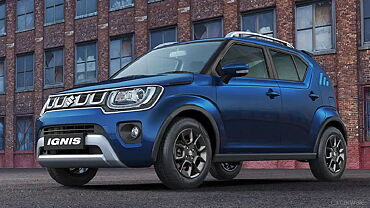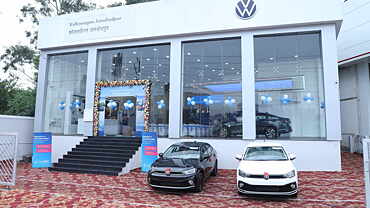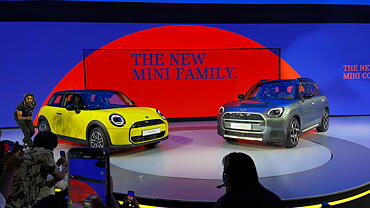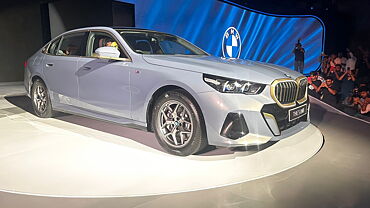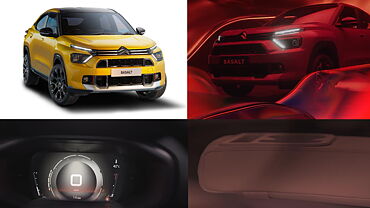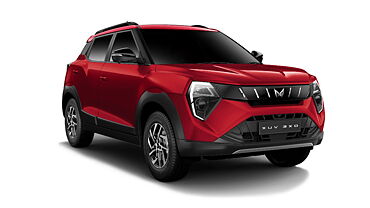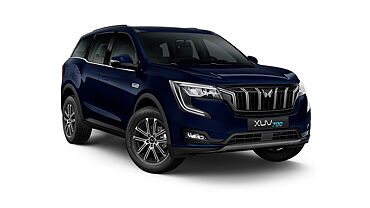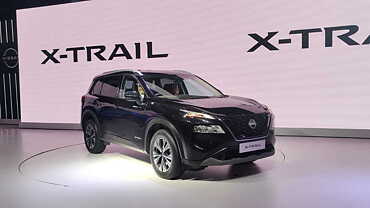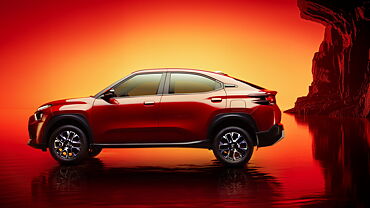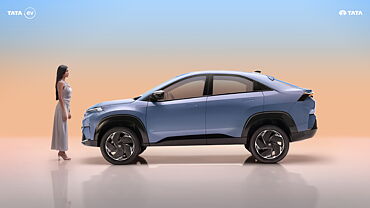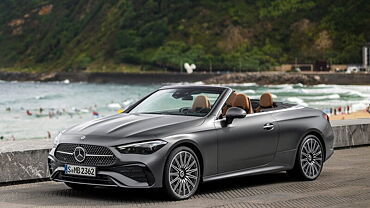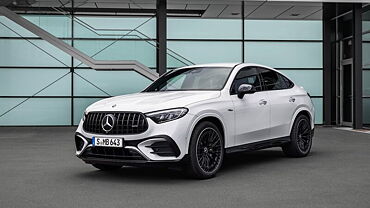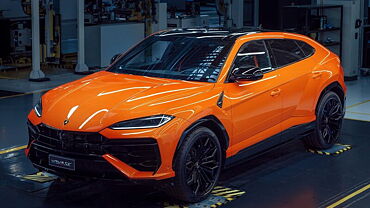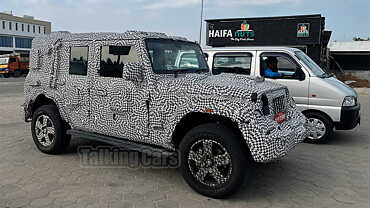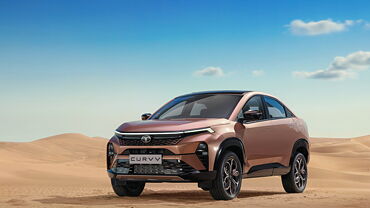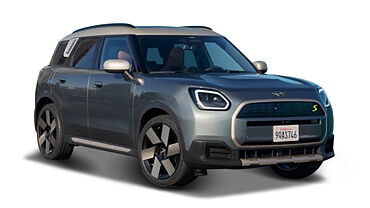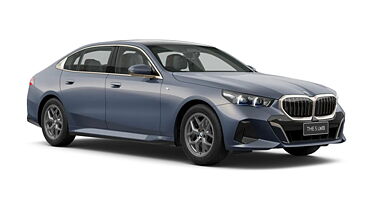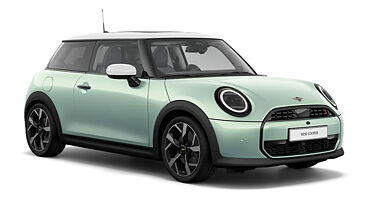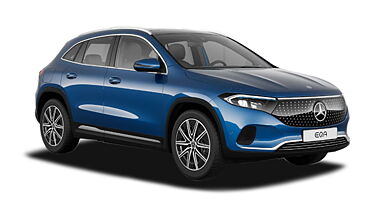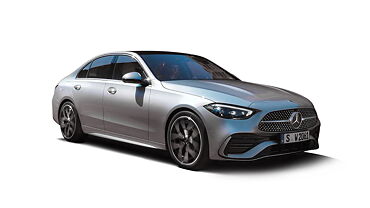Car Body Styles
Buying a car can be a tiring process, especially if it’s for the first time. Each person has extremely specific needs. There are several factors to consider – price, family size, fuel type, mileage. If it is a second hand purchase, one may even look at age of the car, number of owners and mileage.
One important factor that impacts this decision is the type of car body. On paper, it appears to be a relatively simple factor for a customer. For instance, if a car is for a family of more than 5 people then it demands a large car. A car to do the home to office and back, 5 times a week in city traffic might need a smaller sized car. There are several such need gaps the Indian customer seeks to fulfil by buying a body type that suits him.
However, getting more specific, one realizes that there are several acronyms driven, confusion creating aspects of body types.For example, what is the actual difference between a MUV and a SUV? Is there any difference between an MPV (Multi-Purpose Vehicle) and an MUV (Multi Utility Vehicle)? What is Compact Sports Utility Vehicle? These are the kind of questions that can delay a customers buying decision.In this article we make an effort to briefly explain different car body styles.
Car body types is a broad subject to deal with and the names given also vary from country to country.The names aregiven depending upon design, utility, technology used and customization.In this article we mainly deal with the names used in India.
Some of the important car body styles are as mentioned below.
1. Hatchback
2. Sedan
3. MUV/SUV
4. Coupe
5. Convertible
6. Wagon
7. Van
8. Jeep
Hatchback
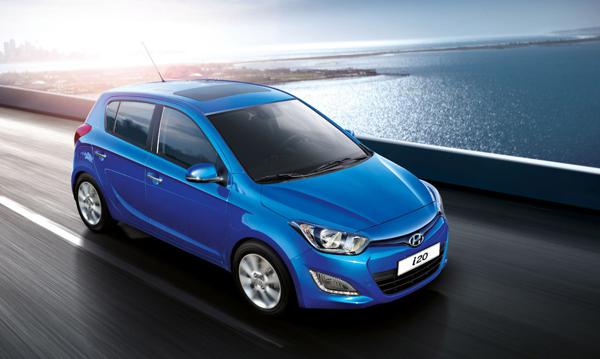
The small cars with 4 doors and a boot (dickey) door are classified under hatchback. Generally these are designed for comfortable seating of 4 passengers and small boot space for putting one or two bags. The size of hatchback varies depending upon design. It could be super mini, or a larger one. The design is same but interior size and luggage space varies. Manufacturers constantly try their best to make improvements to their product range. For example, the boot space of the new Hyundai Grand i10 is more from the first generation i10. Usually, hatchbacks are extremely convenient for city driving as they are perfect in heavy traffic, help easy parking and give decent mileage.
Some of the examples for hatchback are Maruti Suzuki 800, Alto, Hyundai i10, i20, Fiat Grande Punto, Tata Indica, Indica Vista and so on. Even Tata Nano and Mahindra Reva electric are classified under hatchbacks.
Sedan
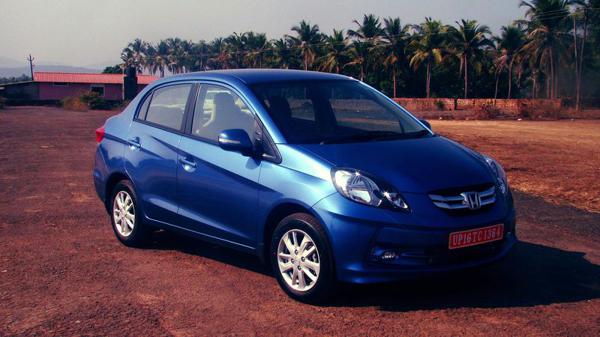
Sedans are the cars designed to for comfortable seating of 5 passengers. Sedans come with larger trunk sizes which can be used for carrying larger amount of luggage.The features of sedan includes larger overall dimensions i.e. length, width, height and wheel base. Many times the existing hatchback car design is itself used for sedan with boot space extended.
Within the sedan class itself, there are wide varieties of options available depending mainly upon dimensions. These larger vehicles would demand higher tax rates and hence overall cost also increases.The cost of car largely depends upon manufacturing cost, road tax of particular state/territory etc.
Some of the examples of Sedan are Indigo eCS, Indigo Manza, Swift Dzire, Mahindra Verito, Ford Fiesta, Hyundai Verna, Renault Scala, Honda Amaze, City, Civic, Accord, Chevy Sail, Cruze, Skoda Rapid, Laura, VW Jetta,Passat and so on.
MUV/SUV

Although the MUV (Multi Utility Vehicle) and SUV (Sport Utility Vehicle) sport similar designs, the two are significantly different. MUV vehicles are designed to create utility. There would be flexible seating options ranging from 7, 8, 9 and 10 so on. The body is built on chassis frame and can carry large amounts of luggage. Generally, there is compromise on comfortand features in MUV’s versus SUVs. Best example for MUV would be a Mahindra Bolero or a Tata Sumo, Force Motors Trax.
SUV are vehicles designed to use in all road conditions, ranging from highways to cross country roads.In this type, importance is given for all factors such as usage of advanced technology for engine, gearbox, differential, 4WD option, interior space. SUV’s have features suited for long drives,good technology for suspensions, and so on.The main point about SUV is the importance given to fit and finish (both interior and exterior) and drive quality.
Vehicles such as Mahindra Bolero, Xylo, Tata Sumo, Force Trax and Toyota Innova are classified under MUV only. Vehicle like Mahindra Scorpio, XUV 500 and Tata Safari Storme are classified under SUV because of their design and ability to use in all road conditions. Even Skoda Yeti comes under SUV.
Vehicles like Toyota Fortuner, Honda C-RV, Mitsubishi Outlander, Montero, Ford Endeavour, BMW X1 and Audi Q series are all classified under SUV but belong to higher price category.
Coupe

Coupe is the name given to sedan cars with two doors only.The two doors are bit larger and though rear seat is available in some models, one can go to inside through sliding of front seats. Here main importance is given to styling, luxury and image. Coupe design is used mostly in European countries and in India though available, the numberpeople that prefer this type is very less.
Examples for Coupe are Aston Martin V8 Vantage Coupe,Audi RS 5 Coupe and so on.
Convertible
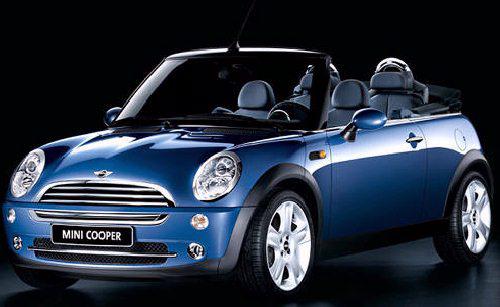
Convertible cars are the cars whose roof line can be removed or refitted as required. Generally it’s available in high end luxury vehicles. Electro mechanical devices are used for step by step folding of the roof lines. In earlier vehicles leather material were used. In modern vehicles the metal roof lines with design of folding part by part and eventually rest on/in trunk part of the vehicle. Operating of a button is good enough for folding or putting back the roof linings.
Convertibles are more frequently used in cold countries wherein weather temperature is quite less and also roads have lesser dusty conditions.It’s purely a preferred choice for persons with passion of using stylish cars and the feel of air in hair when driving vehicle.
In India also there are quite a number of convertible cars available and till date it’s the most demanded design for the customers looking for modification in their cars. However as most of Indian road conditions are hot, hard top sedans are preferred more.
Some of the examples for convertible cars are Mercedes SL Class and Mini Cooper Convertible.
Wagon
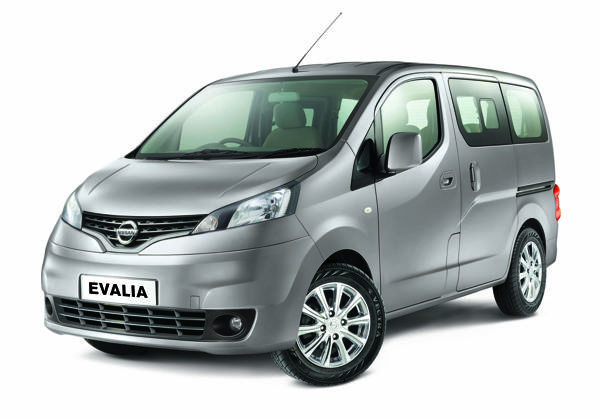
Wagon is the type of vehicle with good combination of hatchback and sedan. These models have advantage of larger space behind the second row. It can be either used for luggage or for putting additional seats as required. The dimensions are larger than hatchback in terms of width, height.
Some of the examples for Wagon Type are Maruti Suzuki Wagon R, Mahindra Quanto, Tata Indigo Marina, Old models like Tata Estate and so on. Even Maruti Suzuki Ertiga, Nissan Evalia can be classified under wagon category. The size varies but category is similar
VAN
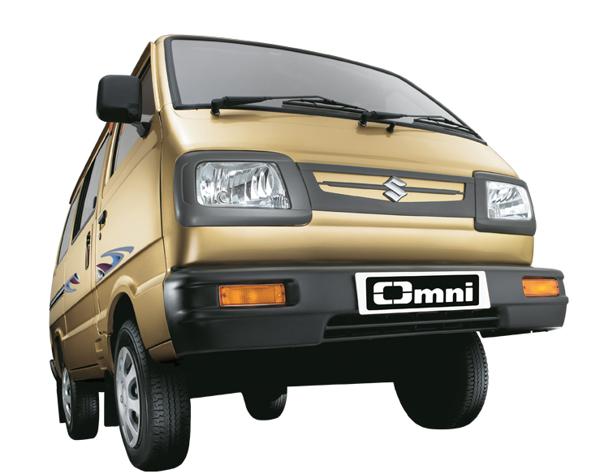
Van is the name given to cars with main perspective of flexibility in utilizing the interior space. It has options of varying number of seats and hence luggage space .Best Example are the Maruti Suzuki Omni, Eeco.
There is difference in the vehicles (particularly Van) used purely for commercial purpose and for the one used for passenger purpose.Example for commercial usage vehicle are Tata Ace,Tata Venture etc.
Pick up vehicle.
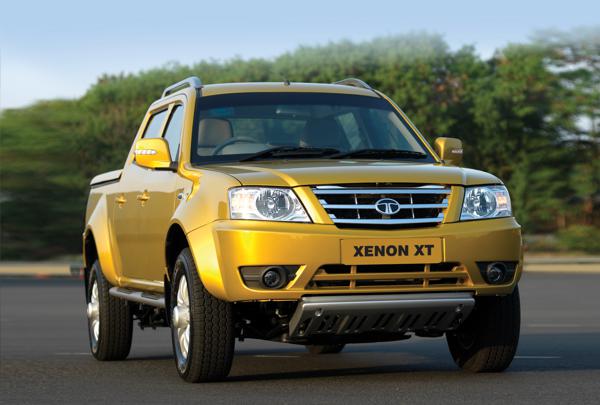
Pick up vehicle (Pick up Van) is the term used for the MUV with separate space for luggage.Best example is Tata Xenon XT. It has the combination of design of a MUV and that of a commercial pick up vehicle.There would be spacious interiors for comfortable seating of 5 passengers and separate luggage space available behind the passenger cabin.The dimensions of vehicle would be larger and body is built on chassis frame so that load carry capacity can be considerably large. Generally it could be around 800Kg.
Jeep
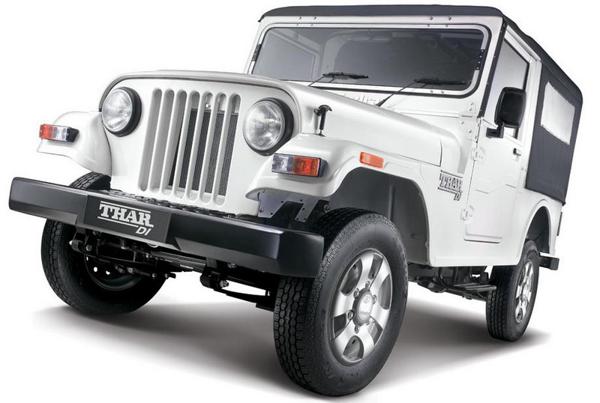
Jeep is a particular type of vehicle similar to that of MUV but there is option for hard top or soft top. Most famous in India is Mahindra Thar in current scenario and Maruti SuzukiGypsy, Mahindra Jeep.
This type of vehicle has good combination of utility like that of a sports car and cost like that of a MUV and hence can be best suitable one for cross country usage and taking out for adventure drive in forests.
Conclusion
This article’s main objective is to focus on car body styles used in the Indian scenario. As mentioned the names vary in different countries and regions. Manufacturers do give new names for car body styles in order to get the advantage of newness of terms. For example; Maruti Suzuki Ertiga is mentioned as LUV (Life Utility Vehicle) Mahindra XUV 500 as XUV (Extra Utility vehicle) and so on.
The main intention of article is to give and brief explanation of different car body styles and their distinguishable features. We welcome viewers to share thoughts regarding the same.
